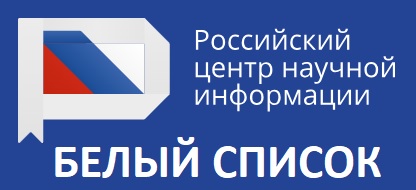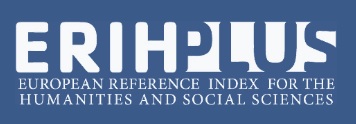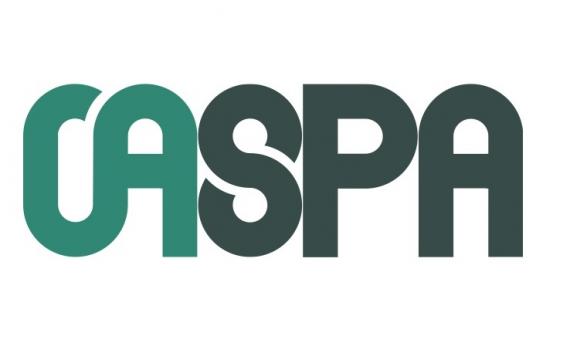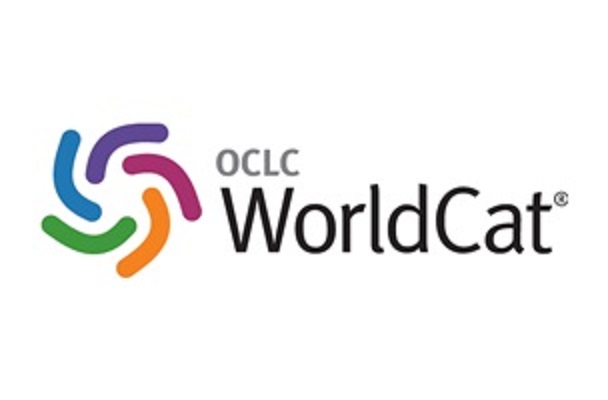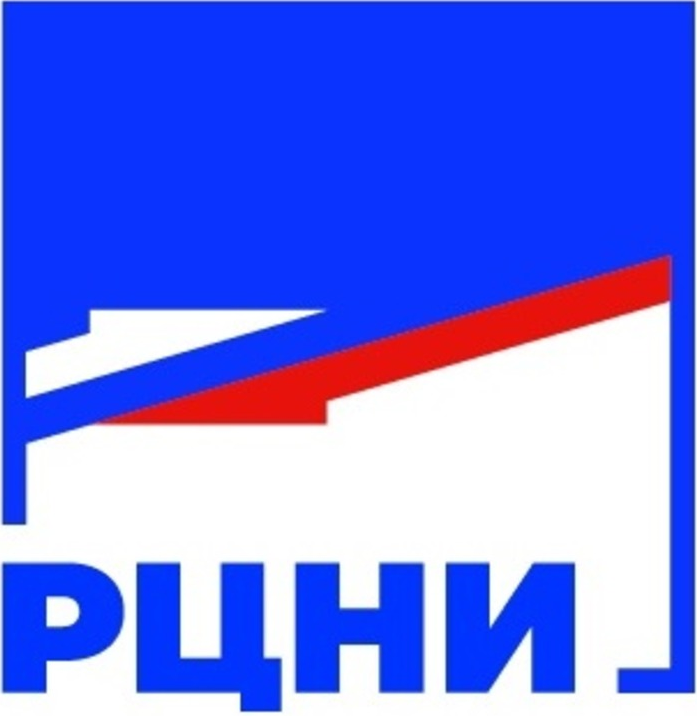Original article
https://doi.org/10.15507/2076-2577.017.2025.02.188-201
https://elibrary.ru/nzttxh
УДК / UDC 392.71:008
Everyday Ethnicity in the Urban Environment of the Finno-Ugric Republic Capitals of the Russian Federation (Izhevsk and Saransk)
O. A. Bogatova
National Research Mordovia State University,Saransk, Russian Federation
Abstract
Introduction. The article employs qualitative and quantitative research data to examine the key manifestations of ethnicity in everyday communication and its institutionalization within the urban environments of the Finno-Ugric republics of the Russian Federation, focusing on the capital cities of the Udmurt Republic and Mordovia – Izhevsk and Saransk. The study addresses the pressing social issue of how ethnicity among the populations of Russia’s republics transforms amid the modernization of regional societies, yet the forms and expressions of ethnicity within the polyethnic urban settings of contemporary cities remain underexplored. The research aims to characterize the principal manifestations of ethnicity in the urban contexts of these Finno-Ugric regional capitals, both at the level of interpersonal interactions and in its institutionalized forms.
Materials and Methods. The field study conducted under the author’s supervision in 2020–2022 employed sociological methods, including large-scale questionnaire surveys and focus groups, as well as the “anthropological genealogy” approach to examine the city as both space and place through in-depth expert interviews. The research comprised four focus groups with residents of the surveyed cities (2020), large-scale questionnaire surveys of urban populations in Saransk (November – December 2020) and Izhevsk (2021), and an expert survey using in-depth interviews.
Results and Discussion. In the capital cities of ethnic republics, ethnicity manifests itself at the interpersonal level through micro-practices of everyday communication, including linguistic markers that signal group affiliation. At the level of mass consciousness, the ethnonational components of identity in these regional capitals are characterized by an association of the republic with its titular ethnic group, an identification of the capital city with republican state symbols and institutions, and an acceptance of official bilingualism as a symbolic attribute of the republic – despite the absence of mandatory participation in corresponding language practices. In ethnocultural terms, this is reflected in the acknowledgment of the urban environment’s multiethnic and multicultural nature.
Conclusion. The conclusions drawn by the author contribute to the advancement of such fields as urban anthropology, ethnosociology, and regional studies, particularly in the examination of ethnicity within urban environments. This includes identifying the social preconditions for the development of tolerant interethnic relations and analyzing the transformation of capital cities in republics into “transnational cities”.
Keywords: ethnicity, everyday ethnicity, republics in structure of Russian Federation, Finno-Ugric peoples, interethnic relations, sociology of the region, urban studies, large city, urban environment.
Conflict of interest: The author declares no conflict of interest.
For citation: Bogatova O.A. Everyday Ethnicity in the Urban Environment of the Finno-Ugric Republic Capitals of the Russian Federation (Izhevsk and Saransk). Finno-Ugric World. 2025;17(2)188–201. https://doi.org/10.15507/2076-2577.017.2025.02.188-201
Information about the author:
Olga A. Bogatova, Dr.Sci. (Sociol.), Associate Professor, Professor of the Department of Sociology and Social Work, National Research Mordovia State University (68 Bolshevistskaya St., Saransk 430005, Russian Federation), ORCID: https://orcid.org/0000-0001-5877-7910, Scopus ID: 57193241831, SPIN-code: 4533-7204, bogatovaoa@gmail.com
Author has read and approved the final manuscript.
Submitted 30.01.2025; revised 10.03.2025; accepted 17.03.2025.



